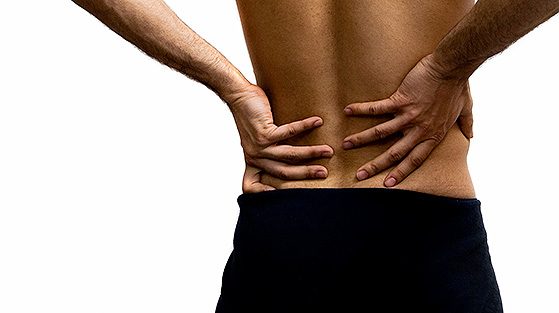
The drugs don’t work, say back pain researchers
Commonly used non-steroidal anti-inflammatory drugs used to treat back pain provide little benefit, but cause side effects, according to new research from The George Institute for Global Health.
The findings of the systematic review, published in the Annals of the Rheumatic Diseases, reveal only one in six patients treated with the pills, also known as NSAIDs, achieve any significant reduction in pain.
The study is the latest work from The George Institute questioning the effectiveness of existing medicines for treating back pain. Earlier research has already demonstrated paracetamol is ineffective and opioids provide minimal benefit over placebo.
Lead author Associate Professor Manuela Ferreira says the study highlights an urgent need to develop new therapies to treat back pain which affects 80 per cent of Australians during their lifetime.
A/Prof Ferreira, Senior Research Fellow at The George Institute and at the Institute of Bone and Joint Research, said: “Back pain is the leading cause of disability worldwide and is commonly managed by prescribing medicines such as anti-inflammatories. But our results show anti-inflammatory drugs actually only provide very limited short term pain relief. They do reduce the level of pain, but only very slightly, and arguably not of any clinical significance.”
A/Prof Ferreira added: “When you factor in the side effects which are very common, it becomes clear that these drugs are not the answer to providing pain relief to the many millions of Australians who suffer from this debilitating condition every year.”
The team at The George Institute, which examined 35 trials involving more than 6000 people, also found patients taking anti-inflammatories were 2.5 times more likely to suffer from gastro-intestinal problems such as stomach ulcers and bleeding.
Research Fellow Gustavo Machado, of The George Institute and the School of Medicine at the University of Sydney, said: “Millions of Australians are taking drugs that not only don’t work very well, they’re causing harm. We need treatments that will actually provide substantial relief of these people’s symptoms.
“Better still we need a stronger focus on preventing back pain in the first place. We know that education and exercise programs can substantially reduce the risk of developing low back pain.”
Most clinical guidelines currently recommend NSAIDs as the second line analgesics after paracetamol, with opioids coming at third choice.





